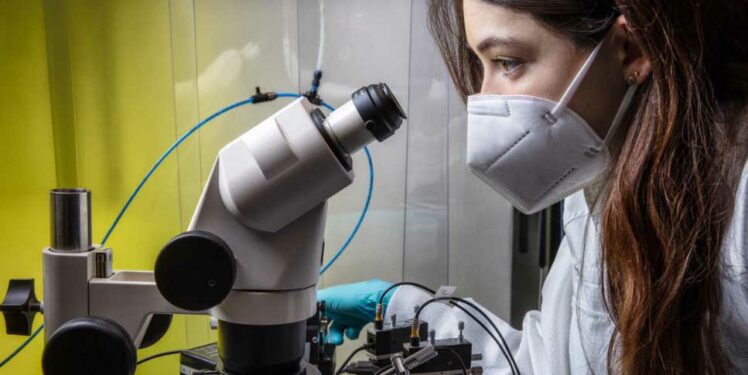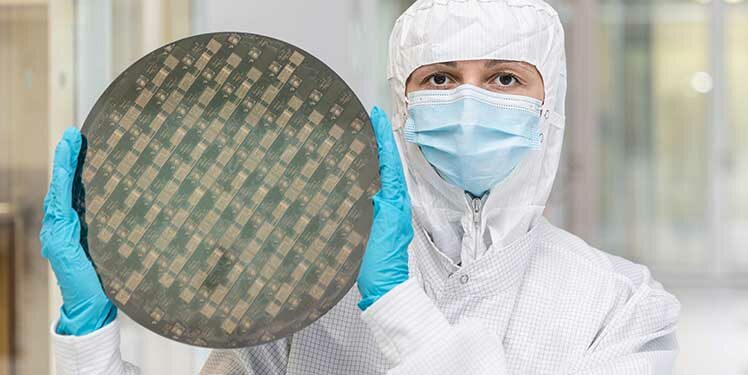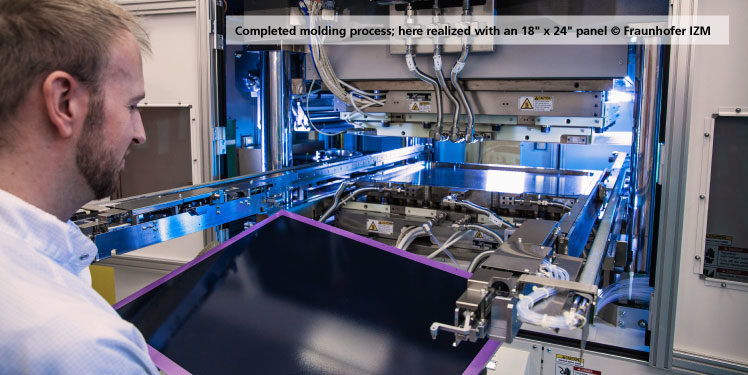RealIZM: Our top-5 posts by female scientists at Fraunhofer IZM
Even today, women remain underrepresented in science and in research-driven industry. At Fraunhofer IZM, women account for 29.3 % of all employees, with a greater proportion of women in non-scientific (50 %) than in science jobs (23.8 %).* To counter…







